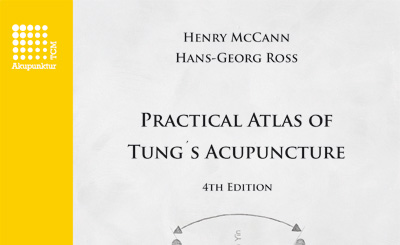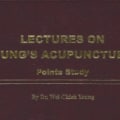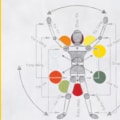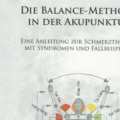Journal of TCM: Practical Atlas of Tung´s Acupuncture is top
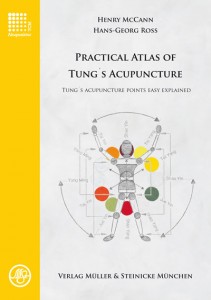
The Practical Atlas of Tung’s Acupuncture is the reference text for which many of us have been waiting. McCann and Ross, both experienced teachers, have designed this text to make it equally valuable to both the nascent student and the seasoned practitioner. The prerequisite clear diagrams, point locations and indications that one would expect to find are laid out in a single-page format for quick reference. Sections four and six, however, are what have put some of the books on my shelves into retirement. Section 4 (‚Symptoms, Syndromes and Disease‘) functions as a point-finder for almost every ailment detailed in Tung’s system, organised in alphabetical order. Master Tung eventually integrated Western medical diagnosis into his family system, and here the diseases and syndromes are listed together so the reader is able to quickly find points for a variety of conditions. Section 6 (‚Therapeutic Index of Selected Established Point Combinations and Dao Mao Groups‘) collates into a single list point protocols that have previously been published in both Chinese and English by experienced practitioners of Tung’s system. The list covers most of the common ailments that present in clinic, and practitioners new to the system can use the quick reference guide to immediately begin choosing points for treatment. For those more experienced with Tung’s approach the list is extensive enough to enhance one’s current point repertoire, pulling on multiple sources: for example, under migraines 11 points are listed, lower back pain has 25 points, and asthma 18 points. This gives the user a platform to move beyond the standard ‚go-to‘ points with which they are already comfortable. This book stands out not only due to its excellent organisation, but also because of the concise and illuminating discussions of how Tung’s system works. Section 2 (‚Theoretical Basis of Point Selection, Point Location, and Point Indication in Tung’s Acupuncture‘) is invaluable for students of any level studying Tung’s system, and will help them to grasp not only the mechanism but also the ‚personality‘ of each of the points. The art of acupuncture arguably lies in understanding the unique ‚personality‘ of each point in order to create powerful therapeutic effects with a minimal number of needles (rather than needling every point with a similar mechanism in the hope that one might be effective). To help the reader gain this deeper level of understanding the authors outline the channel and zangfu correspondences for each point, as well as how each point resonates with the various tissues in the body. Especially useful are the ‚Special Recommendations‘ that showcase how famous practitioners of the system – such as Miriam Lee, Susan Johnson, Wei- Chieh Young, Richard Tan, Dr. So and Dr. Hu – implement(ed) the points in their own clinical settings.
Two cornerstones of Tung’s system are the complementary but separate concepts of zones and image correspondences. In section two McCann and Ross present these subjects in such a way that even practitioners who have used the system for decades will learn something new. The concept of image correspondences, where the human body is mapped out in miniature on its own surfaces, is similar to that found in standard tongue or facial diagnosis – the whole is represented in its parts. Tung further organises the extremities and head into ten separate zones that constitute microcosmic representations of the entire body. The face, hands and feet as separate systems are familiar to most practitioners, although the long bones (i.e. femur or humerus) as microsystems will be less widely known. Master Tung was famous for occasionally asking patients which extremity they would like needled, as he could map the entire body on almost any surface. Clinically speaking, some zones provide better therapeutic outcomes for chronic conditions, while others are more effective for acute illnesses.
Students of Tung’s system will be aware that each of Master Tung’s points have a four-fold nomenclature: the Chinese name, the Pinyin name, the English name and the assigned number. McCann and Ross provide indexes that cross-reference the Chinese and Pinyin names for the points with the numbering system, and vice versa. The authors also provide English translations for the point names in body of the book, although they do not provide these translations in the index, perhaps due to the variety of English translations currently in use (this is something that should be considered for further editions). Post-publication errors were caught in three of the tables and two of the point locations. The authors are forthright in their corrections and the publishers supply an insert with the updated information. Future drafts have already been corrected. McCann and Ross include a discussion of how this family system corresponds with current known channel theory, as Tung’s approach to acupuncture does not exist in a vacuum. They are able to give a clear rationale why each of the points works and use multiple references as support. This is an innovative text that pulls on knowledge from the Ling Shu (Divine Pivot) and Su Wen (Basic Questions) to provide a broad, historically-based context for the elegance of Master Tung’s system. For example, one of the most effective points I have personally found in treating flare-ups of rheumatoid arthritis lies along the San Jiao channel (11.22 / Fu Yan / Recovery). The authors‘ point out that Ling Shu Chapter 10 states that the Gall Bladder governs bones, and that therefore the San Jiao can be used via channel correspondence (i.e. the shaoyang) for bone disorders. Because the Gall Bladder’s is also paired with the Liver, by extension the point uses the Liver’s association with the tendons to help with the joints. In this case the practitioner must penetrate or be close to the tendon, which augments the Liver’s action via tissue correspondence. The Kidneys also have a connection to bones, and because the San Jiao interacts with the Kidneys via a connecting channel correspondence (hand shaoyang to foot shaoyin) the practitioner can also utilise channel and tissue correspondences (if needled correctly) to invigorate the Kidneys. Thus this single point carries the resonances of the San Jiao, Gall Bladder, Liver and Kidneys, and therefore allows for a single needle to treat an exhausted and deficient patient. I have spoken with several East-Asian medicine practitioners about this book, some who have worked in the field more than 20 years and some less than two. The common thread through their comments was that the organisation and accessibility of this text makes it the best on the subject to date. The book has already made the rounds in my office, even disappearing on occasion because of its popularity, and the discussions that it is generating are already being felt amongst our local community of practitioners.“
Heidi Kothe-Levie, NY.
Quelle: Journal of Chinese Medicine (JCM)
Look online inside the book Atlas of Tungs acupuncture
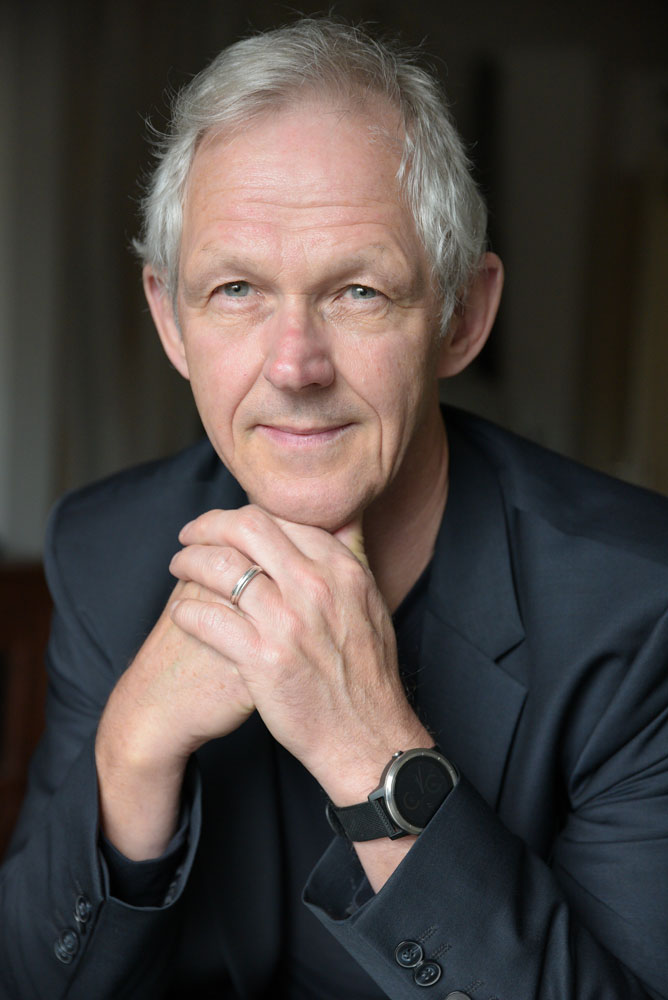
Spezialist für Fachbücher aus Akupunktur, Traditioneller Chinesischer Medizin, Qigong, Naturheilverfahren, Homöopathie und Physiotherapie. Jährlich auf vielen, wichtigen Kongressen wie der TCM-Kongress in Rothenburg, dem ASA-Kongress und dem Tao-Kongress in Österreich vertreten. Seit Jahren Verlagsleiter eines Verlages für TCM, Akupunktur und Homöopathie.


